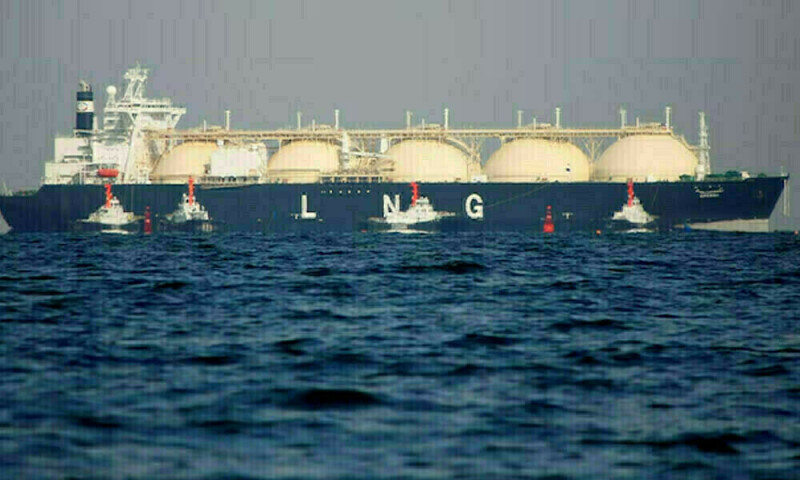LAUNCESTON: Asia’s imports of liquefied natural gas (LNG) remained tepid in April while Europe’s started to show signs of the usual seasonal easing as winter peak demand passed.
Asia, the world’s biggest importer of the super-chilled fuel, is on track to see arrivals of 22.40 million metric tons in April, according to data compiled by commodity analysts Kpler.
This is down from March’s 22.68 million tons, although it’s up slightly on a per day basis given April is one day shorter than March.
However, it’s also below the 23.32 million tons recorded in April last year, and much of the decline is due to lower imports by China, the world’s top LNG buyer.
China’s April imports are estimated at 4.77 million tons by Kpler, down from 4.89 million in March and 27% below the 6.5 million tons from April 2024.
On a per day basis China’s imports in April are the weakest since October 2022, with the lower demand largely driven by higher spot prices when April-arriving cargoes would have been arranged.
Global LNG: Asian spot LNG steady on warmer than average temperature forecasts
Spot LNG for delivery to North Asia reached a high so far this year of $16.10 per million British thermal units (mmBtu) in the week to February 14, capping a rally that saw it rise 94% from its 2024 low of $8.30 in March last year.
The price has since eased back to $11.80 per mmBtu in the week to April 25, but even at these levels it’s likely that LNG is struggling to be competitive in China.
Another factor crimping China’s LNG demand is the trade war with the United States, which has seen the world’s two biggest economies levy increasing tariffs on each other’s imports.
China hasn’t imported any LNG from the world’s biggest exporter in the past two months, ending a trade that saw it import 4.32 million tons from the United States in 2024, or about 5.5% of its total.
US exports
The United States has been able to find other buyers for its LNG in Asia, with imports rising to 1.48 million tons in April, from 730,000 tons in March.
The buyers of US LNG include heavyweights Japan and South Korea, as well as India and it’s probably not a coincidence that all three of these countries are likely to offer to buy more US energy as part of negotiations on trade deals with the administration of US President Donald Trump.
The United States also remains the largest supplier of LNG to Europe, with imports of 5.88 million tons estimated in April by Kpler.
This was down from the record high of 7.04 million in March, achieved at a time when Europe was sucking up LNG in an effort to boost inventories depleted by winter demand.
While Europe’s April LNG imports from the United States were the weakest in four months, it’s worth noting that they were still well above the average monthly imports of 3.76 million tons in 2024.
This underscores how important US LNG has become to Europe, with a share of 55% of the total imports so far in 2025, according to Kpler.
Europe’s total LNG imports for April are estimated at 10.44 million tons, down from 12.74 million in March, which was the second-highest month on record.
While Europe’s LNG imports show a seasonal pattern of declining after winter, they have shifted structurally higher after the loss of most of the supply of pipeline natural gas from Russia in the wake of that country’s invasion of Ukraine in February 2022.
April’s LNG imports are 1.42 million tons, or 15.7%, higher than for April last year and the increase has been more than met by the United States, with April 2025 imports being 1.79 million tons higher than for the same month last year.
Europe’s LNG imports from Russia have shown a small decline, with April arrivals of 1.38 million tons, down from 1.60 million in the same month in 2024.
The challenge for European LNG importers will be to meet their ideal of cutting off Russian cargoes while still being able to meet demand.
The United States is the obvious alternative, but with virtually every LNG importer other than China seeking to buy more US energy as part of efforts to appease Trump, it’s likely that even with the new production coming on line this year there won’t be enough US LNG for everybody.
The views expressed here are those of the author, a columnist for Reuters.


